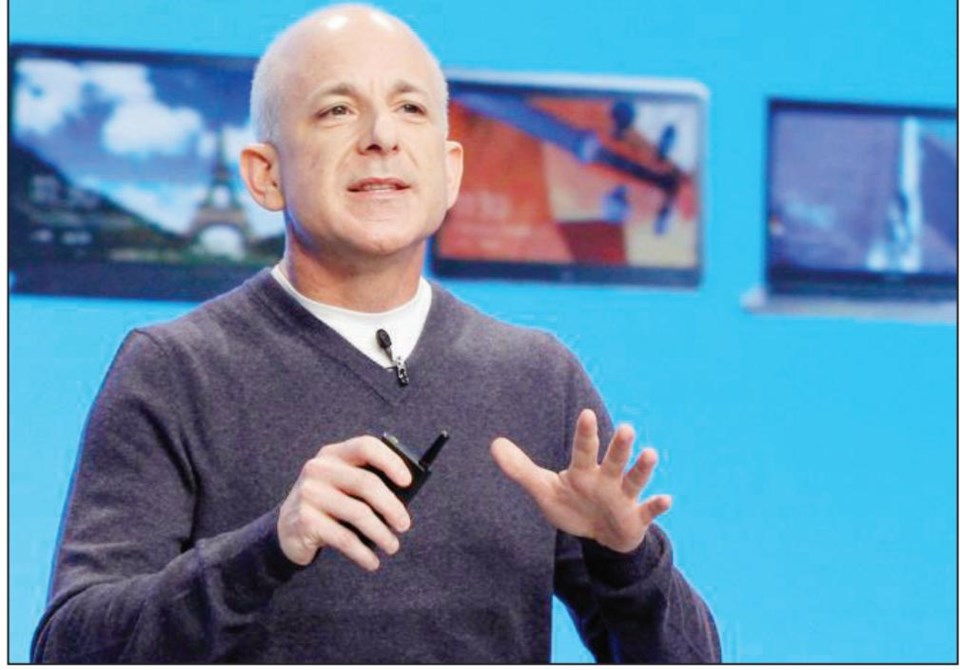Microsoft CEO Steve Ballmer isn't going to let anyone get in his way.
Not even his presumed heir apparent, who runs the software maker's Windows empire, can stop Ballmer as he pushes the company in a new direction. That was the underlying message of a power struggle that led to the abrupt departure of Steven Sinof-sky, who oversaw the Windows operating system that has been the foundation of Microsoft's success.
The fissure announced late Monday came less than three weeks after Sinofsky and Ballmer appeared on a stage in New York to hail the long-awaited release of Windows 8, a radical overhaul of the operating system. The Redmond, Washington-based company designed it to make its products more relevant in an age when more daily computing tasks are shifting from desktop and laptop machines to smartphones and tablet computers.
Microsoft didn't elaborate on the reasons behind the end of Sinofsky's 23year career at the company. But all signs point to tensions boiling over as Ballmer tries to weave Microsoft's products more closely together so the technology is easily accessible whenever and wherever people want to work, play and communicate.
To achieve his objectives, Ballmer is trying to dismantle fiefdoms that date back to the 1990s when Bill Gates ran things. According to industry analysts, Gates divided the company into different engineering silos devoted to each of Microsoft's key franchises - Windows, the Office suite of software, online services and corporate servers.



